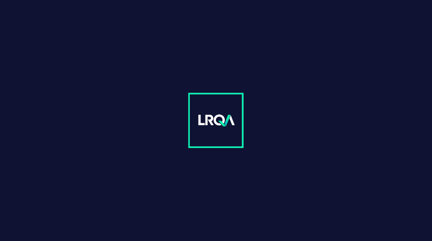Risk management for medical devices.
ISO 14971 sets a process to identify the hazards associated with medical devices.
ISO 14971 - Risk Management Application to Medical Devices
BS EN ISO 14971:2009
BS EN ISO 14971:2009 was withdrawn on 30 August 2012 and has been superseded and replaced by BS EN ISO 14971:2012; application of risk management to medical devices.
BS EN ISO 14971:2012
The main content of ISO 14791 has not changed, but the relationship between ISO 14971 and the EU directives has changed and are listed in Annex ZA, ZB and ZC and clients will need to demonstrate compliance with the revised annexes.
Compliance with all the normative clauses in ISO 14971 does not mean conformity is entirely achieved through the Essential Requirements. The annexes have identified some of the key deviations between the standard and the Essential Requirements. For the Medical Devices Directive, content deviations are listed in Annex ZA on pages 6, 7 and 8.
The deviations for Active Implantable Medical Devices and In-Vitro Diagnostic Directive are not reviewed in detail, but can be found within the standard in Annexes ZB and ZC.
The Medical Devices Directive Annex ZA
The content deviation lists seven aspects that have been identified where the standard deviates or might be misunderstood as deviating from the Essential Requirements.
To help, we have changed the text to indicate where previous interpretations may need to be re-assessed by you for existing or new risk assessments.
- Treatment of negligible risks. The manufacturer must take all risks into account when assessing sections 1 and 2 of Annex I to Directive, 93/42/EEC
- Discretionary power of manufacturers as to the acceptability of risks. All risks have to be reduced as far as possible and that all risks combined, regardless of any "acceptability" assessment, need to be balanced, together with all other risks, against the benefit of the device
- Risk reduction "as far as possible" versus "as low as reasonably practicable".Manufacturers and Notified Bodies may not apply the ALARP concept with regard to economic considerations
- Discretion as to whether a risk-benefit analysis needs to take place. The manufacturer must undertake the risk-benefit analysis for the individual risk and the overall risk-benefit analysis (weighing all risks combined against the benefit) in all cases
- Discretion as to the risk control options / measures. The manufacturer must apply all the "control options" and may not stop his endeavours if the first or the second control option has reduced the risk to an "acceptable level" (unless the additional control option(s) do(es) not improve the safety)
- Deviation as to the first risk control option. "Eliminate or reduce risks as far as possible (inherently safe design and construction)"
- Information of the users influencing the residual risk. manufacturers shall not attribute any additional risk reduction to the information given to the users. (Therefore, within the risk assessment, the scoring should not be reduced where the only additional control is adding a label or a warning on the IFU).


